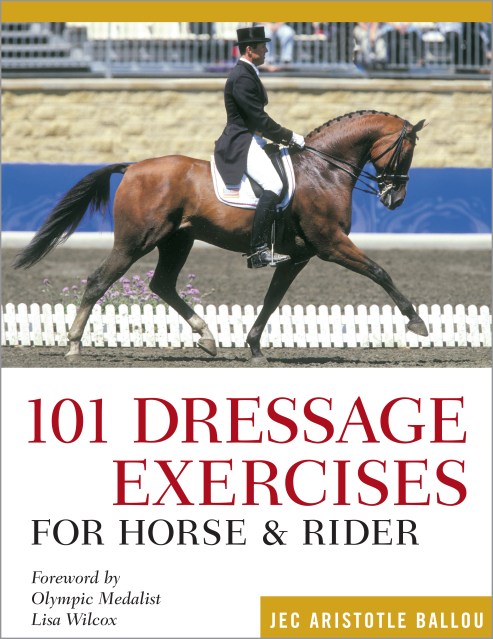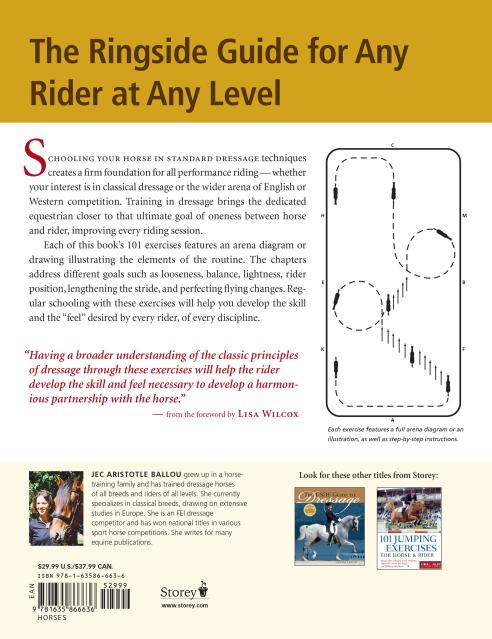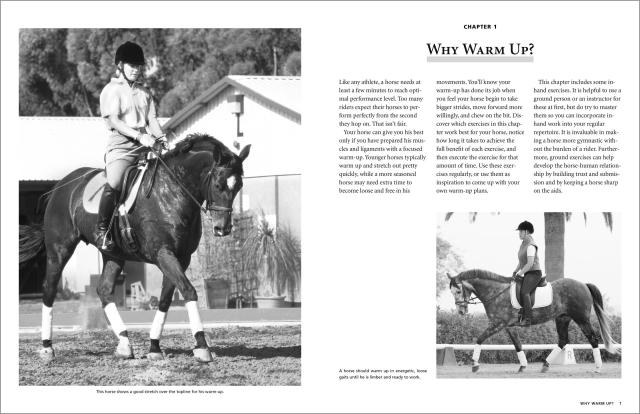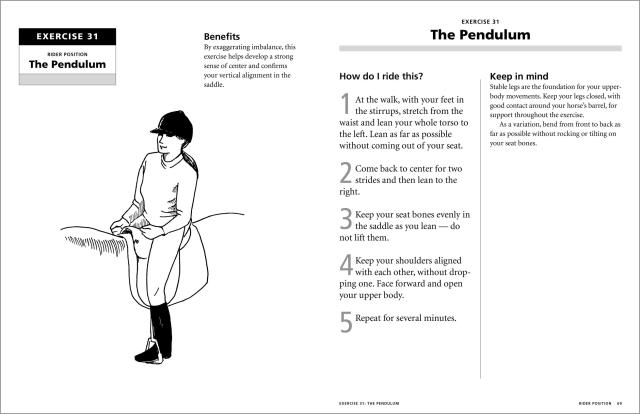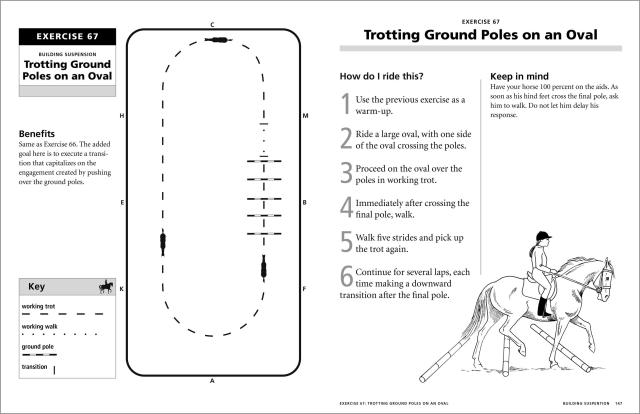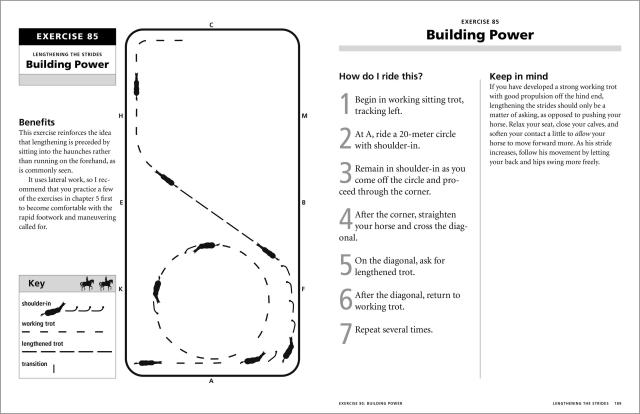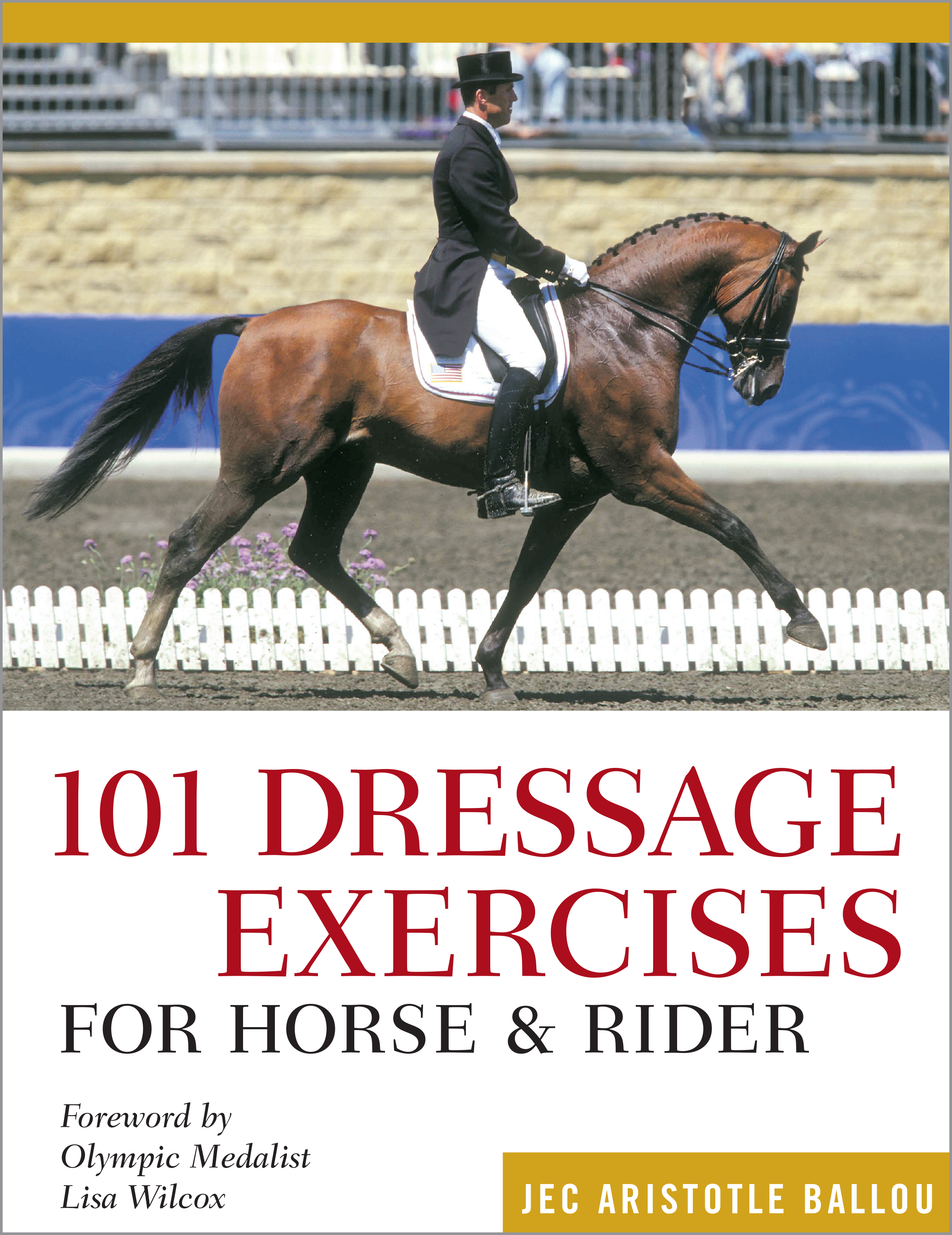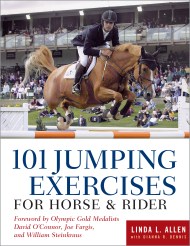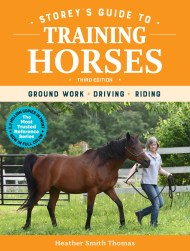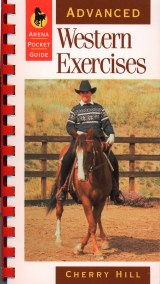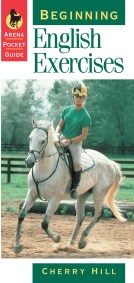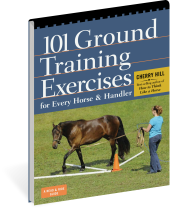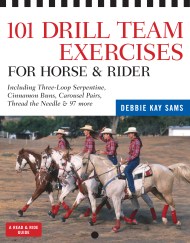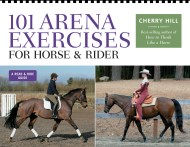Promotion
Use code MOM24 for 20% off site wide + free shipping over $45
101 Dressage Exercises for Horse & Rider
Contributors
Foreword by Lisa Wilcox
Formats and Prices
Price
$29.99Price
$37.99 CADFormat
Format:
- Trade Paperback $29.99 $37.99 CAD
- ebook $14.99 $19.99 CAD
This item is a preorder. Your payment method will be charged immediately, and the product is expected to ship on or around December 27, 2022. This date is subject to change due to shipping delays beyond our control.
Also available from:
Dressage is the ultimate achievement of oneness between horse and rider. Featuring a full arena diagram and step-by-step instructions for each exercise, this sturdy book is designed to allow the rider to hang it on a hook and refer to it from the saddle. You’ll learn how to improve your riding position; master looseness, balance, and suspension; and perfect flying changes as you work toward dressage success.
Genre:
- On Sale
- Dec 27, 2022
- Page Count
- 240 pages
- Publisher
- Storey
- ISBN-13
- 9781635866636
Newsletter Signup
By clicking ‘Sign Up,’ I acknowledge that I have read and agree to Hachette Book Group’s Privacy Policy and Terms of Use
